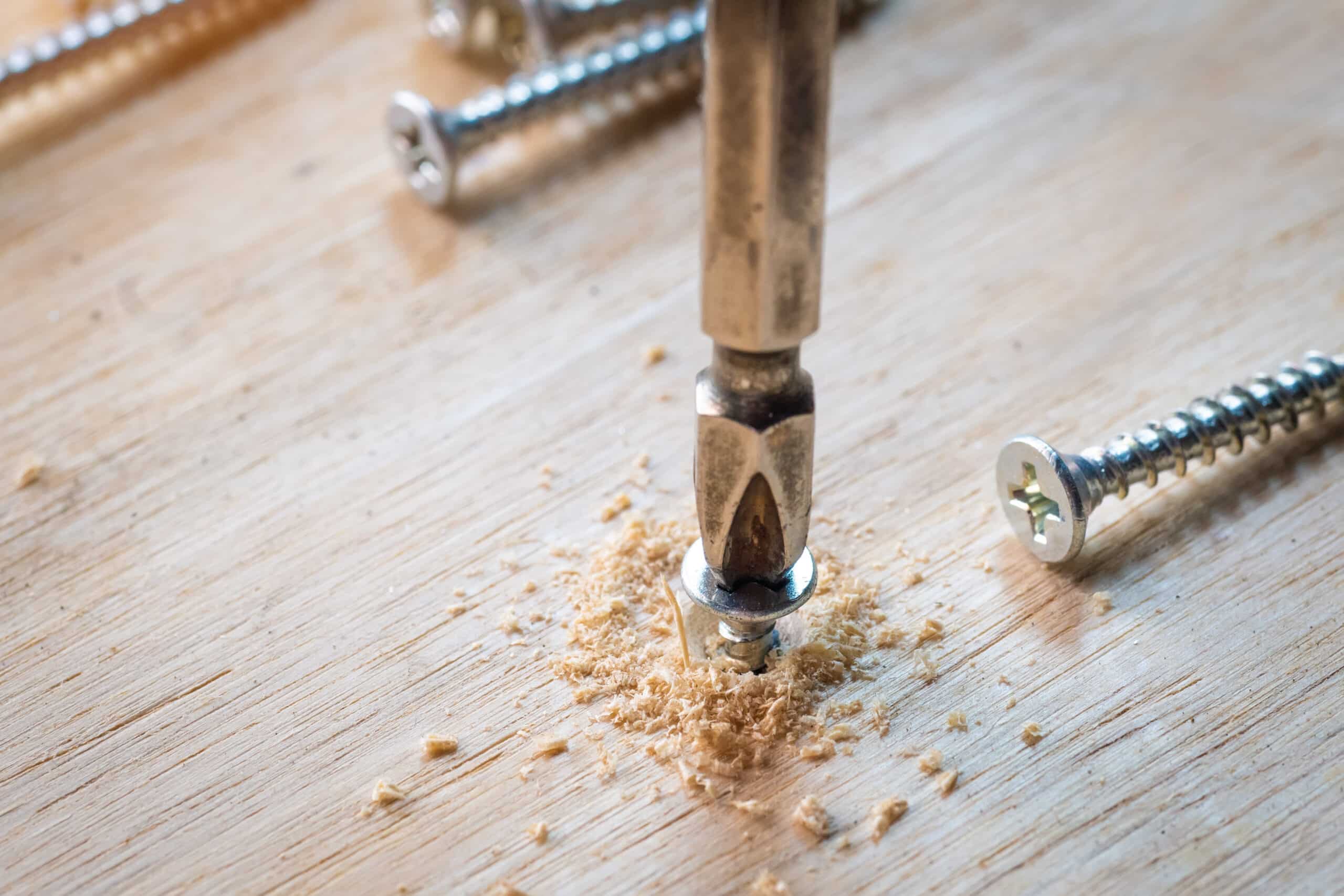What drill bit to use for wood screws?
Key Takeaways
- The right drill bit size for wood screws is crucial for achieving a secure and professional-looking result in woodworking projects.
- Choosing a drill bit that matches the diameter of the screw’s shaft, excluding the threads, ensures a tight and secure fit, preventing wood splitting and maximizing the holding power of the screw.
- Drill bit sizes may vary slightly for softwood and hardwood, with softwood generally requiring a smaller drill bit size and hardwood requiring a slightly larger drill bit size.
When it comes to woodworking projects, selecting the right drill bit for wood screws is crucial for achieving a secure and professional-looking result. Using the wrong drill bit can lead to stripped screws, wood splitting, and overall poor performance. In this article, we will explore the different recommendations from various sources to determine the best drill bit size for wood screws.
Matching the Screw Diameter
One commonly mentioned approach is to choose a drill bit that matches the diameter of the screw’s shaft, excluding the threads. This ensures that the drill bit clears a path for the screw’s shaft while still allowing the threads to grab onto the wood. By using a matching drill bit, you can achieve a tight and secure fit, preventing the wood from splitting and maximizing the holding power of the screw.
According to the information provided, the recommended drill bit sizes for different wood screw sizes are as follows:
- Screw Size #4: 1/16″ in softwood, 5/64″ in hardwood
- Screw Size #5: 5/64″ in softwood, 3/32″ in hardwood
- Screw Size #6: 3/32″ in softwood, 7/64″ in hardwood
- Screw Size #7: 3/32″ in softwood, 7/64″ in hardwood
- Screw Size #8: 7/64″ in softwood, 1/8″ in hardwood
- Screw Size #9: 1/8″ in softwood, 9/64″ in hardwood
- Screw Size #10: 1/8″ in softwood, 9/64″ in hardwood
The specific measurements may vary depending on the type of wood and its density. It is always advisable to test the drill bit on a scrap piece of wood before proceeding with your project.
Pilot Point Bits
Another recommendation mentioned in one of the sources is the use of pilot point bits. These drill bits are designed with a small, non-cutting point at the tip to keep the bit centered when starting the hole. This feature reduces bit walking and ensures a precise location for the screw. Pilot point bits are particularly effective for pre-drilling holes for screws, providing clean entry and exit points.
Considerations for Softwood and Hardwood
It is worth noting that the recommended drill bit sizes may differ slightly for softwood and hardwood. Softwood, such as pine or cedar, is generally less dense and requires a smaller drill bit size, while hardwood, like oak or maple, is denser and requires a slightly larger drill bit size.
Softwood Recommendations:
- Screw Size #4: 1/16″ drill bit
- Screw Size #5: 5/64″ drill bit
- Screw Size #6: 3/32″ drill bit
- Screw Size #7: 3/32″ drill bit
- Screw Size #8: 7/64″ drill bit
- Screw Size #9: 1/8″ drill bit
- Screw Size #10: 1/8″ drill bit
Hardwood Recommendations:
- Screw Size #4: 5/64″ drill bit
- Screw Size #5: 3/32″ drill bit
- Screw Size #6: 7/64″ drill bit
- Screw Size #7: 7/64″ drill bit
- Screw Size #8: 1/8″ drill bit
- Screw Size #9: 9/64″ drill bit
- Screw Size #10: 9/64″ drill bit
These recommendations provide a starting point, but it is always important to adapt to the specific wood species and density you are working with. Some woods may require slight adjustments to achieve the desired fit and prevent splitting.
Conclusion
Choosing the right drill bit for wood screws is essential for successful woodworking projects. By matching the drill bit size to the diameter of the screw’s shaft and considering the type of wood being used, you can ensure a secure fit, prevent wood splitting, and achieve professional results.
Remember to test the drill bit on a scrap piece of wood before proceeding with your project to confirm the fit and minimize any potential issues. Always prioritize safety and accuracy when working with power tools and follow the manufacturer’s guidelines.
Related Websites:
FAQs:
Q: Why is it important to use the correct drill bit for wood screws?
Using the correct drill bit ensures a secure and tight fit between the wood screw and the material, preventing damage and increasing the overall strength of the connection.
Q: What are the different types of drill bits available for wood screws?
There are several types of drill bits available, including twist bits, spade bits, forstner bits, auger bits, and brad point bits. Each type has its own specific use and advantages.
Q: How do I select the appropriate drill bit for wood screws?
For smaller wood screws, pilot holes are needed. Larger wood screws may require countersinks or counterbores. Precision drilling can be achieved with brad point or twist bits, while spade bits are suitable for fast drilling. It’s also important to consider the type and hardness of the wood being drilled.
Q: What are some tips for successfully drilling wood screws?
To successfully drill wood screws, it’s advisable to mark the drilling points, use a center punch for accuracy, apply consistent pressure while drilling, and maintain the correct drilling speed and direction.
Q: What safety precautions should I take when drilling wood screws?
Safety is crucial when drilling wood screws. Wear safety glasses and gloves, use clamps to secure the workpiece, avoid loose clothing or jewelry, and keep hands away from rotating parts to prevent accidents or injuries.





